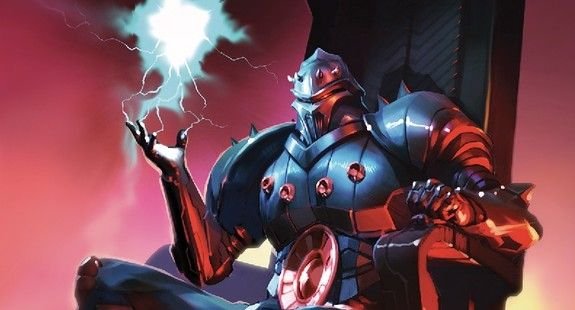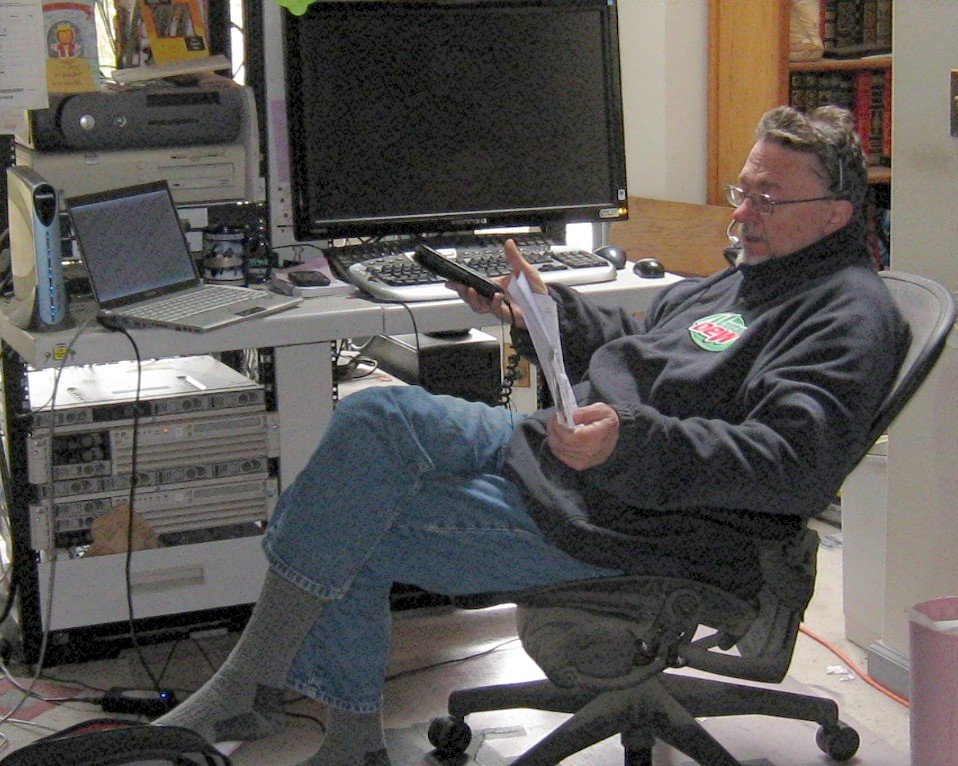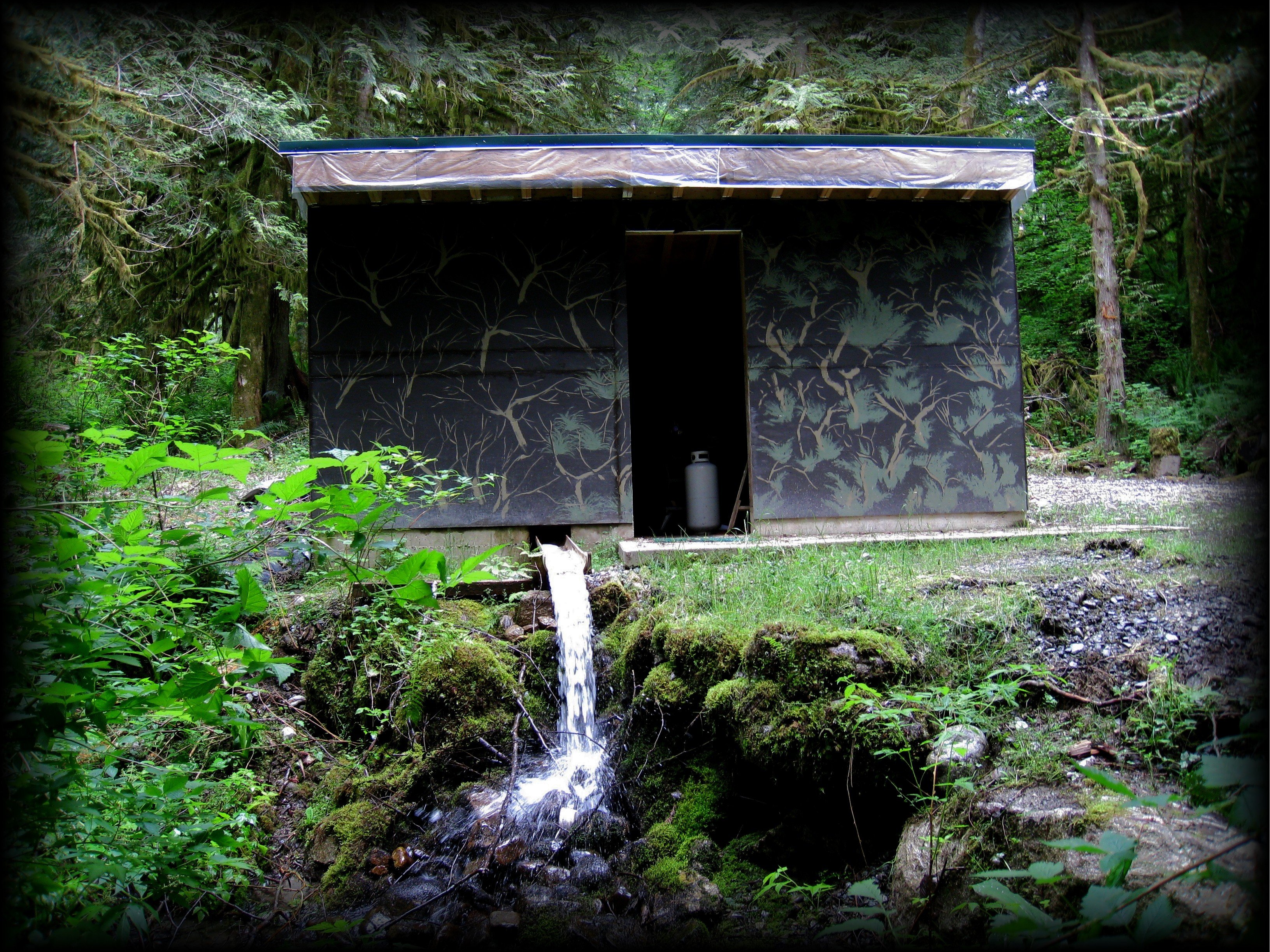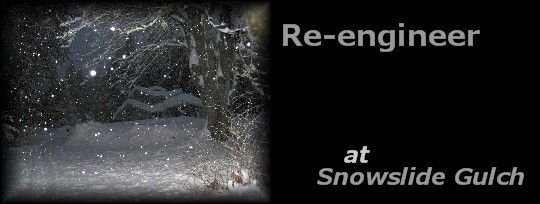With great power there comes great responsibilty
hard work!

No one knows this better than those who are setting up their own power grid.
| As a computer engineer (a person who takes a finished program and modifies it to work for a specific client), Doug (Dearest Hubby) needs computers that run 24 hours of the day… |  |
The generator shack as it was when we moved in. |
When we moved into our house there was a functioning hydropower generator which allowed for:
|
If either the TV or too many lights were on then the stove wouldn’t light and if the stove was on we had to turn off almost everything except the fridge. By modern standards it worked but there wasn't enough power for Doug's computers!
Thus began our quest for the ultimate power.

A power grid generally works like this:
1. You need power sources to create DC (Direct Current) power. We have 3. The DC power produced can't be used as it is and if it isn't stored in batteries it is lost. It also puts out a steady amount of power. It doesn't give more when you need more or slow down when you need less.
2. The power produced is sent to batteries (for more info on how batteries work, see @shelby’s great post about power. The info on batteries is about half-way down). The power stored in the batteries allow for the changing amount of power needed minute to minute by releasing on demand.
3. The batteries need to connect to an inverter which changes the DC electricity to AC (Alternating Current), the kind you can use when you plug in your stuff.
4. Wiring from the inverters delivers any the power you require to your house, shop, gazebo, cable car, welding machine, and back at the outbuildings where your power sources are installed.
Check in on part 2 where I scare you with visions of what a hydro generator looks like and why we want to keep ours!


